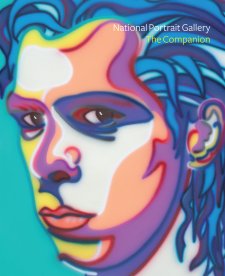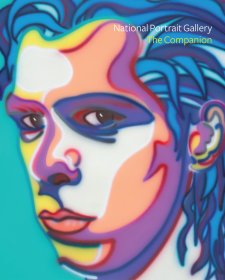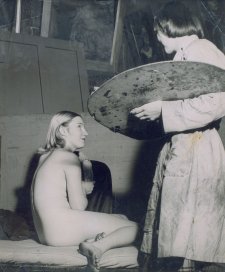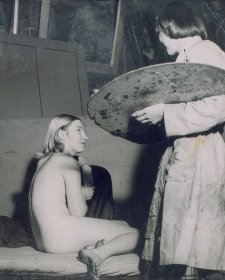- About us
- Support the Gallery
- Venue hire
- Publications
- Research library
- Organisation chart
- Employment
- Contact us
- Make a booking
- Onsite programs
- Online programs
- School visit information
- Learning resources
- Little Darlings
- Professional learning
Poet and writer Barbara Blackman AO (1928–2024) grew up in Brisbane and became a member of the city's literary community while still in her teens. Diagnosed with optic atrophy, she was declared blind by the age of 22, plunging her 'into a black hole of despair'. She met artist Charles Blackman after moving to Sydney, and by the early 1950s they'd relocated to Melbourne. There they became associated with the group centred around the Melbourne Contemporary Art Society, and Barbara modelled for artist friends to supplement her pension. She came to consider her blindness a gift for the richer access it provided to words, poetry, intuition and the imagination, and it had a profound influence on her husband's art throughout their almost 30-year marriage. She also worked as a magazine columnist and a radio-producer for Radio for the Print Handicapped, helped form the National Federation of Blind Citizens, and interviewed hundreds of people for the National Library of Australia's oral history program. Her many books included the memoir Glass after Glass (1997) and the retrospective collection of essays All My Januaries (2016). A documentary about her life, Seeing from Within, was released in 2017.
Gift of Barbara Blackman 2004
Barbara Blackman AO (age 25 in 1953)
Barbara Blackman AO (3 portraits)



On one level The Companion talks about the most famous and frontline Australians, but on another it tells us about ourselves.



Barbara Blackman reflects on her experiences as a life model.



Photographic conservation practices and the restoration of the Barbara Blackman photographic portrait.